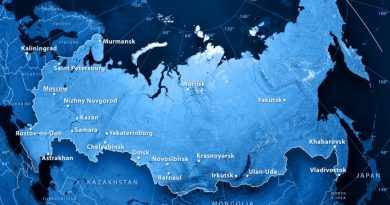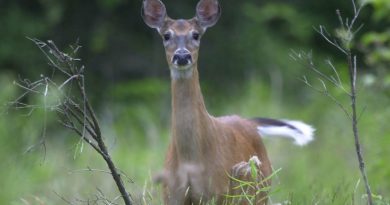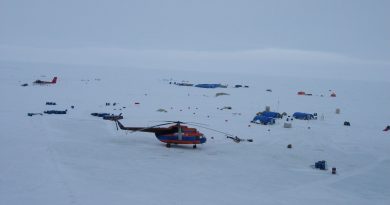Yukon’s population up 21 per cent from a decade ago, and still growing steadily
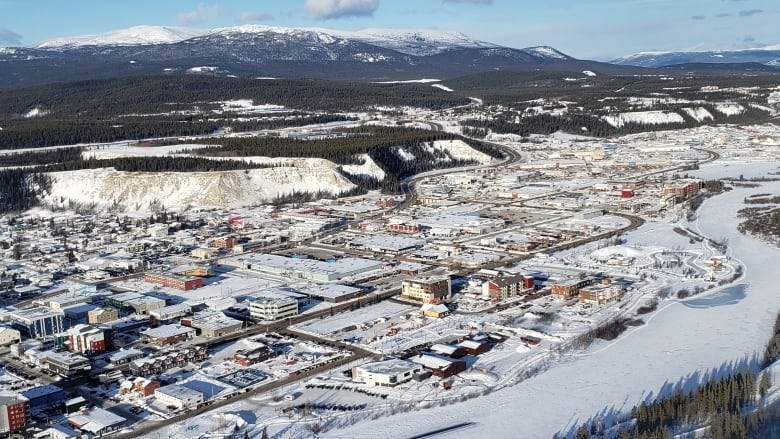
Yukon’s population continues to grow steadily and the pandemic does not appear to be having a significant impact on that, according to new estimates from the Yukon Bureau of Statistics.
The territory’s estimated population as of September was a record-high 42,507. That represents a 2.3 per cent increase over the previous year — a slightly higher rate of growth than the 2.1 per cent annual average over the last decade.
Overall, the territory’s population has gone up about 21.4 per cent since 2010.
“Jobs, basically, is the biggest factor there. We’ve had the lowest unemployment rate in the country for the last five years, pretty much straight through. There’s been a lot of money around,” said Gary Brown, senior information officer at the Yukon Bureau of Statistics.
“The public sector’s always big up here, all four levels. And the other recent one is mining has picked back up again.”
Brown says the new estimates, released Tuesday, are largely based on “administrative data sources” from the territorial government.
“So, health care file, driver’s license, motor vehicle registrations, things like that,” he said.
Whitehorse — home to the vast majority of Yukoners — saw its population go up by about 23.5 per cent since 2010 to 33,285, according to the data. The territory’s second-biggest community of Dawson City saw its population grow by about 18.5 per cent over the same period, to 2,269.
However, the next-biggest community — Watson Lake — has gotten smaller over the last decade. Its population stands at 1,510, a drop of about 2.3 per cent between 2010 and 2020.
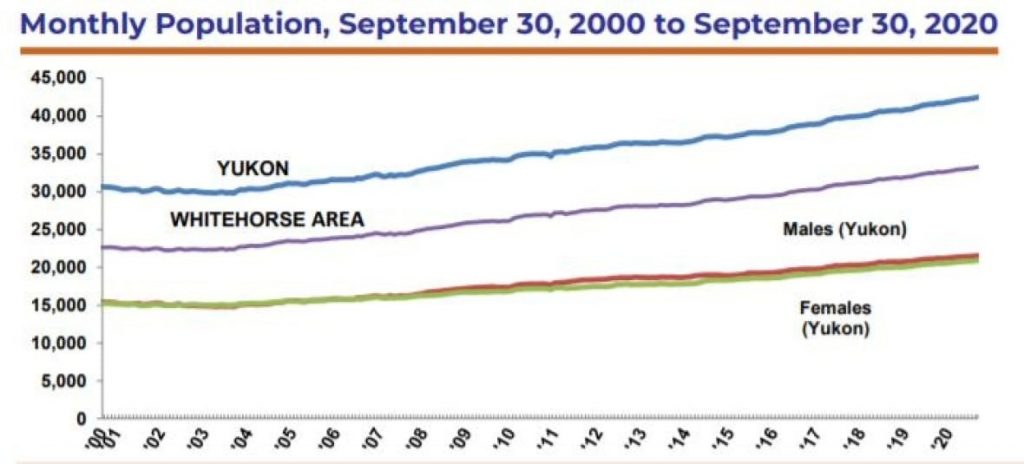
Brown says immigration continues to account for some of Yukon’s growing population. Between July and September 2020, 110 immigrants settled in Yukon, most of them as non-permanent residents.
He also says the data do not suggest that Canadians have started moving North en masse in response to the pandemic. Interprovincial migration to Yukon has been steady, he says.
“There was a lot of talk about it from the realtors, saying that a lot of people had been calling about moving to the Yukon. We really haven’t seen that,” Brown said.
“The interprovincial migration is fairly flat for July through September. So a lot of the increase is due to something other than COVID[-19].”
With files from Leonard Linklater
Related stories from around the North:
Canada: Housing crisis in Canada’s east-Arctic worsens as homes become too old to live in, CBC News
Finland: Finland’s population could begin falling in 2031, Yle News
Norway: Population declining in Arctic Norway, The Independent Barents Observer
Sweden: Abandoned properties a challenge for rural Sweden, Radio Sweden
United States: Understanding Alaska’s growing senior population, Alaska Public Media

